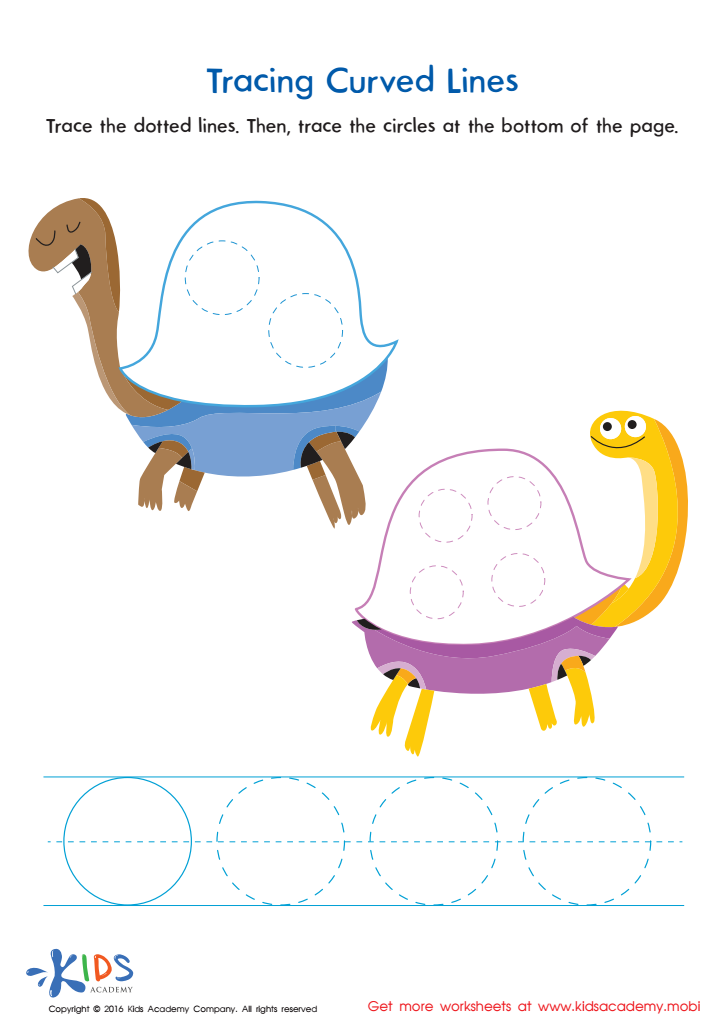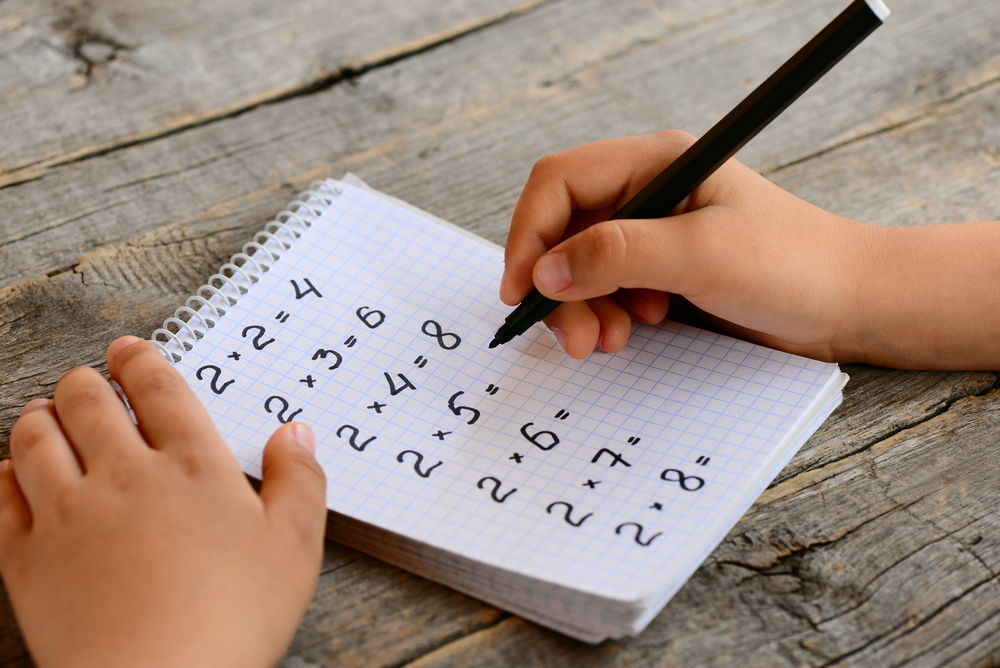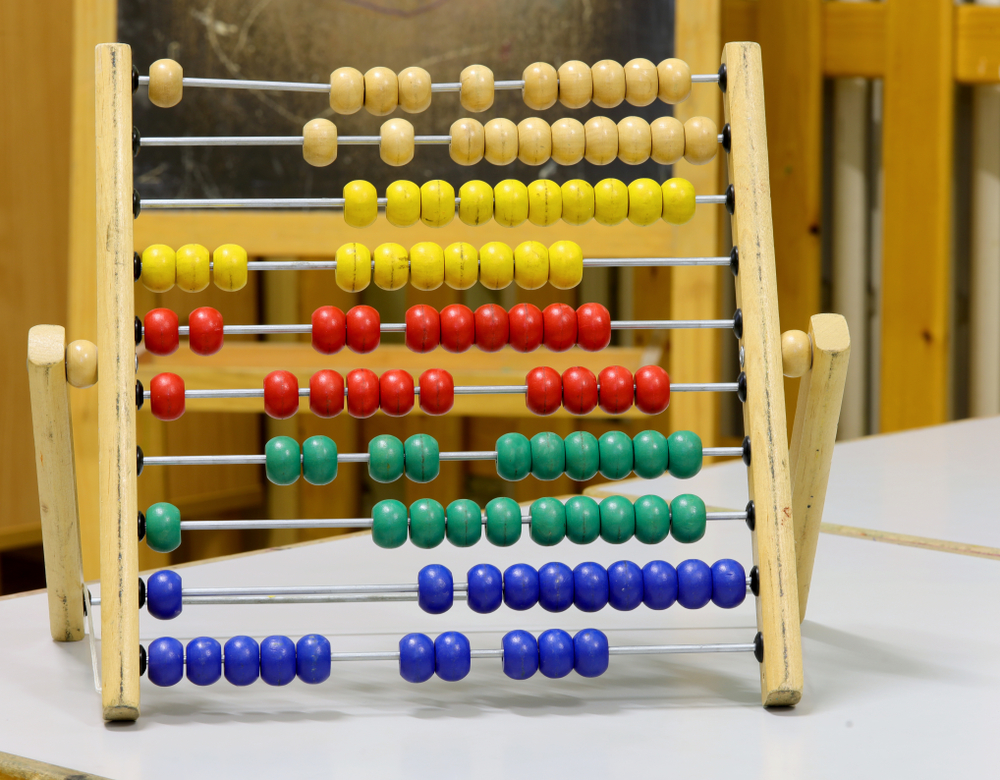Normal Tracing Lines and Curves worksheets activities for Ages 4-9
5 filtered results
-
From - To
Enhance your child's fine motor skills with our engaging Normal Tracing Lines and Curves worksheets, designed specifically for ages 4-9. These activities provide an exciting way for young learners to practice essential tracing skills while boosting their hand-eye coordination and pencil control. Our printable worksheets feature a variety of colorful lines and curves, making the learning process fun and interactive. Ideal for preschool and early elementary teachers, these resources can be easily integrated into classroom or home learning. Download our tracing activities today to help your child gain confidence in their writing abilities while enjoying a playful approach to learning!
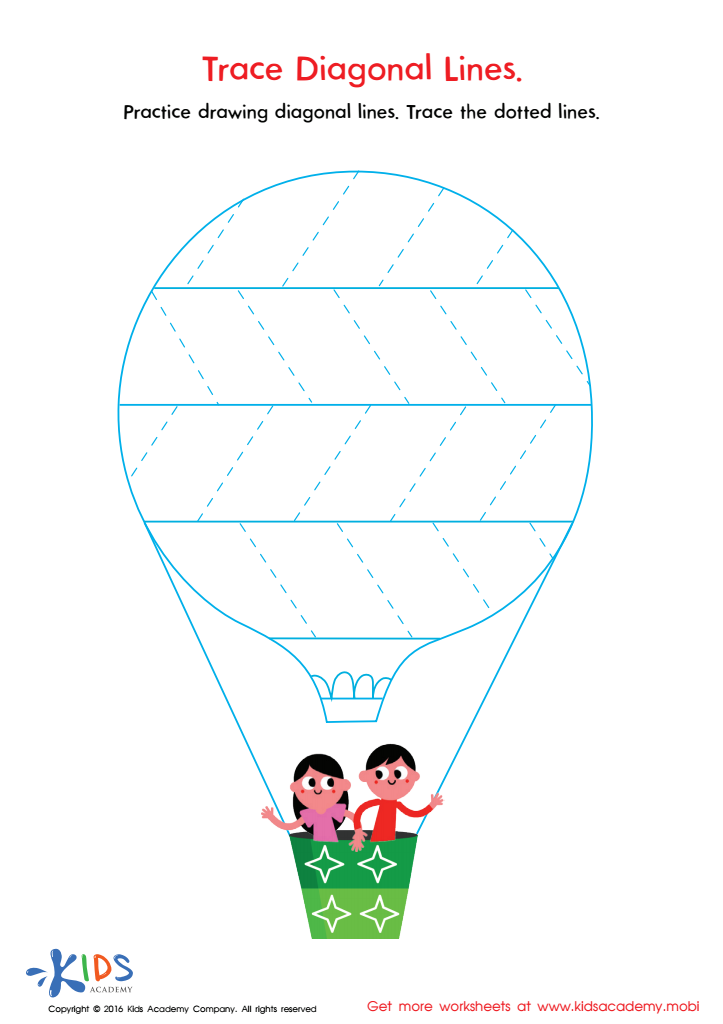

Trace Diagonal Lines Worksheet
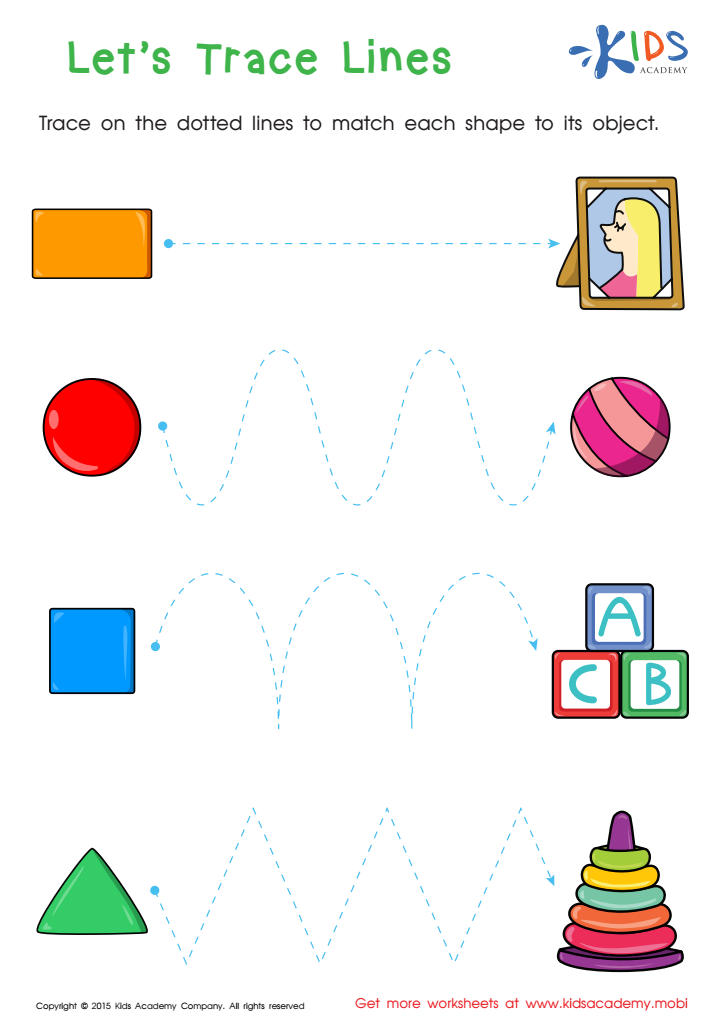

First Words: Let's Trace Lines Worksheet
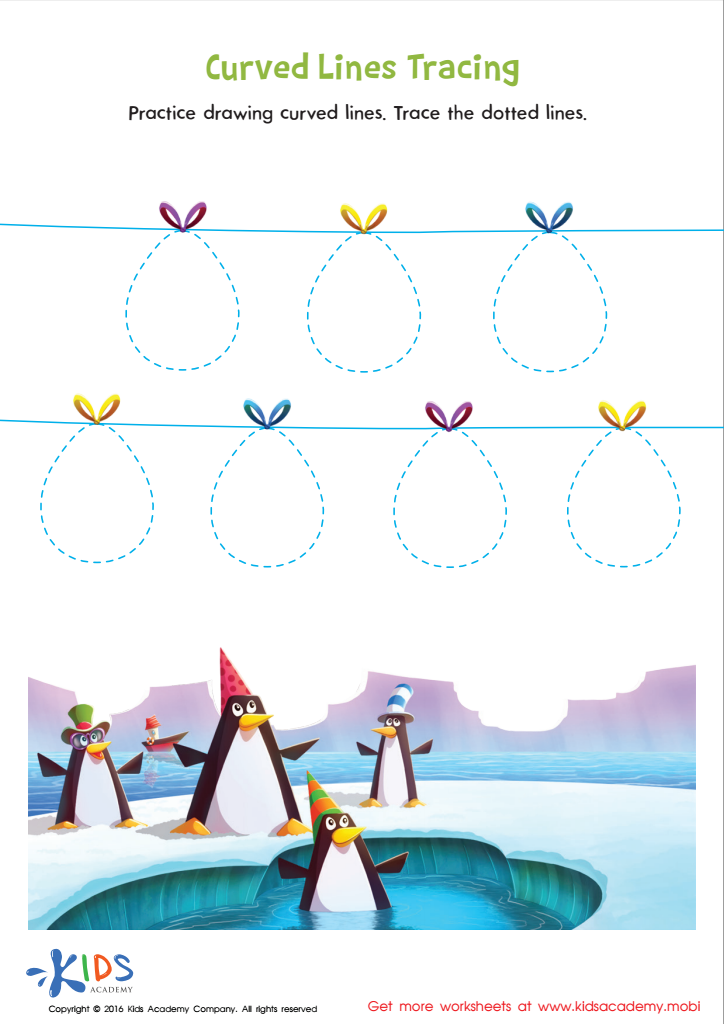

Curved Lines Tracing Worksheet
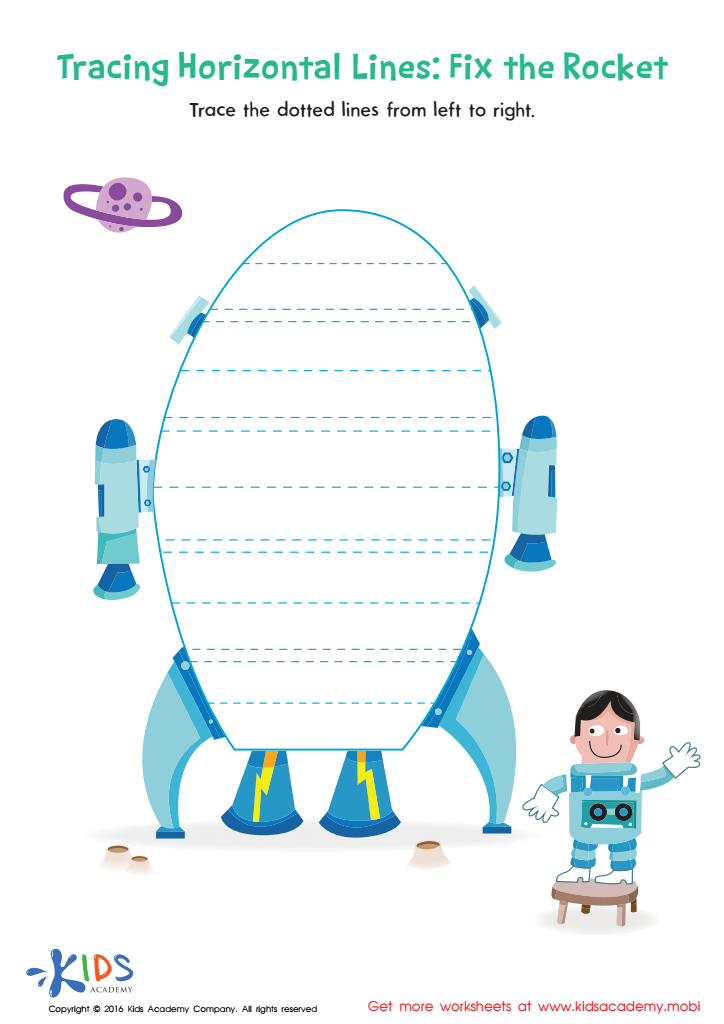

Tracing Horizontal Lines Worksheet
Normal tracing lines and curves activities are vital for children aged 4-9, as they play a crucial role in developing foundational motor skills, cognitive abilities, and early literacy. First, these activities help refine fine motor skills by encouraging precise hand movements, promoting control and coordination. As children trace lines and curves, they strengthen the small muscles in their hands and fingers, laying the groundwork for future writing skills.
Moreover, tracing activities foster visual perception and spatial awareness, essential components of spatial reasoning and problem-solving. Children learn to distinguish between different shapes and understand concepts such as length, direction, and symmetry, which are crucial for math and science learning later on.
Additionally, tracing lines and curves can be paired with storytelling, enhancing language development and creativity by allowing children to transform simple shapes into characters or scenarios. This multisensory approach caters to various learning styles, making the experience engaging and effective.
By integrating these activities into learning, parents and teachers can support not only physical development but also cognitive and creative growth. Encouraging participation in tracing exercises prepares children for elementary education, instilling confidence and a positive attitude toward learning overall.
 Assign to My Students
Assign to My Students
